12125-02-9
| Name | ammonium chloride |
|---|---|
| Synonyms |
Ammonium chloride
ammonia chloride amine hydrochloride Ammonium Chlorid threo-amine hydrochloride EINECS 235-186-4 ammonium cloride MFCD00011420 |
| Description | Ammonium chloride, as a heteropolar compound with pH value regulation, can cause intracellular alkalization and metabolic acidosis thus effecting enzymatic activity and influencing the process of biological system. Ammonium chloride is an autophagy inhibitor[1][2]. |
|---|---|
| Related Catalog | |
| In Vitro | Ammonium chloride (NH4Cl), a lysosomotropic agent that raises intralysosomal pH, reduces the yield of reovirus during infection of mouse L cells[2]. |
| In Vivo | Ammonium chloride (0.28 M in drinking water) promotes the survival of myocardial cells in vivo by decreasing contractile dysfunction, cardiac hypertrophy, inflammation, apoptosis and autophagy[1]. Animal Model: 8-9-week-old C57B/L6 mice[1] Dosage: 0.28 M in drinking water (5 mg/kg doxorubicin once a week for 2 weeks) Administration: 0.28 M in drinking water (5 mg/kg doxorubicin once a week for 2 weeks) Result: Effectively improved doxorubicin (DOX)-induced cardiomyocyte apoptosis and cardiac dysfunction in mice. |
| References |
| Density | 1.52 |
|---|---|
| Boiling Point | 100 °C750 mm Hg |
| Melting Point | 340 °C (subl.)(lit.) |
| Molecular Formula | ClH4N |
| Molecular Weight | 53.49150 |
| Exact Mass | 53.00320 |
| LogP | 1.17820 |
| Vapour density | 1.9 (vs air) |
| Vapour Pressure | 1 mm Hg ( 160.4 °C) |
| Index of Refraction | 1.642 |
| Stability | Stable. Incompatible with strong acids, strong bases. |
| Water Solubility | soluble |
CHEMICAL IDENTIFICATION
HEALTH HAZARD DATAACUTE TOXICITY DATA
MUTATION DATA
|
| Symbol |

GHS07 |
|---|---|
| Signal Word | Warning |
| Hazard Statements | H302-H319 |
| Precautionary Statements | P305 + P351 + P338 |
| Personal Protective Equipment | dust mask type N95 (US);Eyeshields;Gloves |
| Hazard Codes | Xn:Harmful |
| Risk Phrases | R22;R36 |
| Safety Phrases | S22-S36-S26 |
| RIDADR | UN 9085 |
| WGK Germany | 1 |
| RTECS | BP4550000 |
| HS Code | 2827101000 |
|
~0% 
12125-02-9 |
| Literature: AGRA GROUP, A.S.; KYSILKA, Vladimir; KOPENEC, Jiri; KREPELKA, Jiri Patent: WO2010/45895 A2, 2010 ; Location in patent: Page/Page column 11 ; |
|
~% 
12125-02-9 |
| Literature: EP1731510 A1, ; Page/Page column 5 ; |
|
~% 
12125-02-9 |
| Literature: EP1058547 B1, ; Page/Page column 5 ; |
|
~% 
12125-02-9 |
| Literature: WO2008/94664 A1, ; Page/Page column 25 ; |
|
~% 
12125-02-9 |
| Literature: Angewandte Chemie - International Edition, , vol. 51, # 47 p. 11731 - 11735 Angew. Chem., , vol. 124, # 47 p. 11901 - 11905,5 |
|
~% 
12125-02-9 |
| Literature: Electrochimica Acta, , vol. 56, # 1 p. 215 - 221 |
| Precursor 8 | |
|---|---|
| DownStream 8 | |
| HS Code | 2827101000 |
|---|


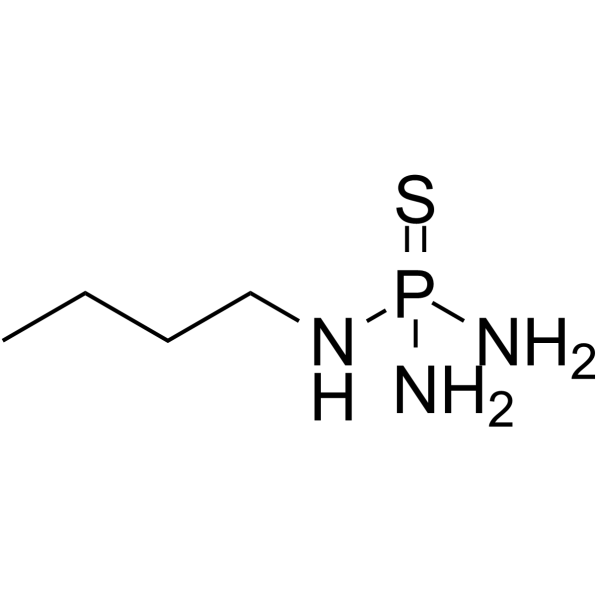
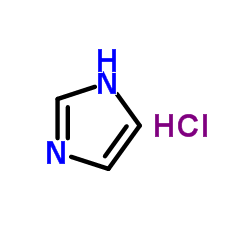
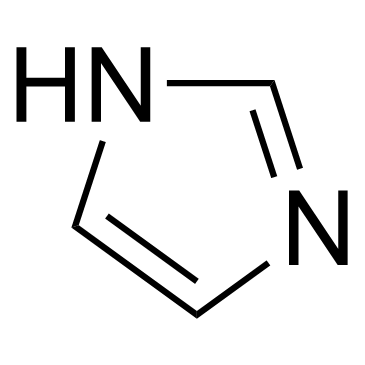


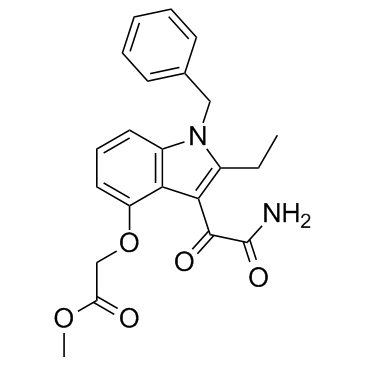




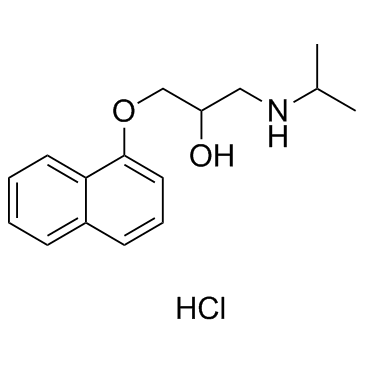

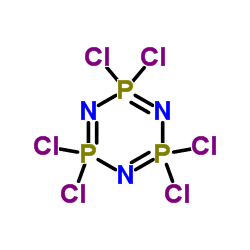
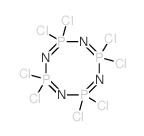
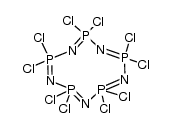
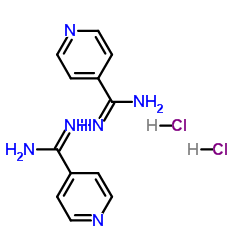
![2-bromo-5-[tert-butyl(dimethyl)silyl]oxybenzaldehyde structure](https://image.chemsrc.com/caspic/274/351418-50-3.png)

